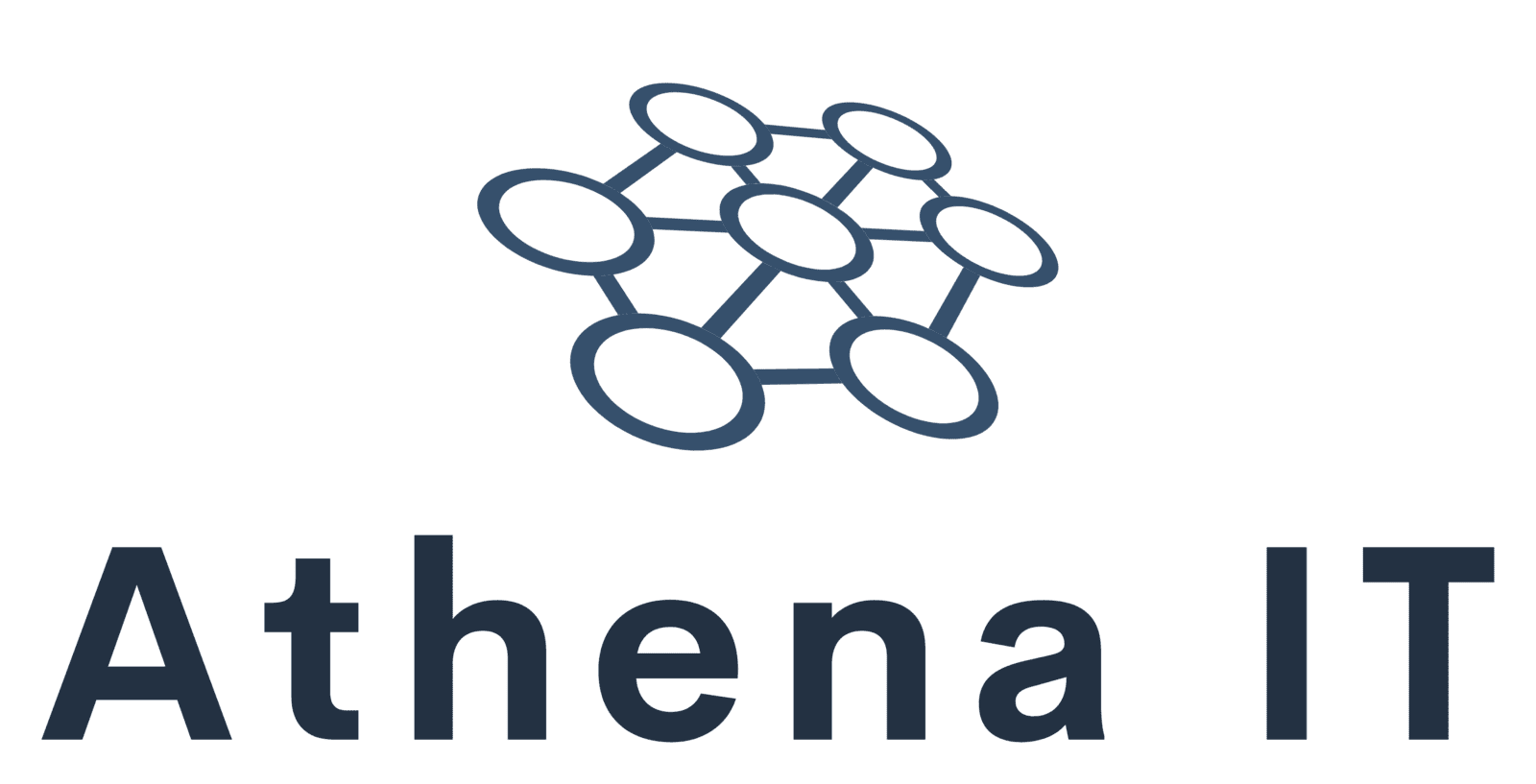
When IT Support Feels More Like a Wall Than a Lifeline
Imagine this:
A team member can’t access a critical document just before a high-stakes client call. They submit a ticket to IT. Hours pass. No update. The issue finally gets resolved—but the meeting is already missed, the deal delayed, and trust in IT weakened.
This isn’t a one-off story. Across industries, organizations experience this cycle daily. Employees don’t lose faith in IT because problems happen—they lose faith because of how support systems are structured. Traditional IT support often forgets that at the other end of a ticket is a frustrated human being, not just a technical glitch.
The Deeper Reason Most IT Support Fails
On the surface, many IT teams appear competent. They have monitoring systems, ticket queues, escalation processes, and service-level agreements (SLAs). But the structure itself is flawed.
Here’s why:
- Ticket-Centric Design: The focus is on moving tickets through a workflow, not on the experience of the person who raised them.
- Reactive Culture: IT is called when things break, which means value is delivered only after disruption.
- Multi-Tier Handoffs: Employees are passed from one support tier to another, often repeating the same explanation at each level.
- Silence in the Gap: Users often wait without knowing if their issue is being addressed, leading to frustration and workarounds.
- Metrics Over Meaning: Success is measured in ticket closure rates or average response times—not whether employees feel supported.
This creates a paradox: IT support “works” on paper but feels broken to the people it’s meant to serve.
What Employees Actually Need from IT Support
From an employee’s perspective, IT is less about servers and systems and more about confidence, speed, and empathy. People want to know that when things go wrong, someone has their back.
Key expectations include:
- Clarity and Communication – Employees would rather hear “We’re on it; expect an update in 15 minutes” than wait in silence.
- Empathy – Recognizing that downtime isn’t just technical; it’s stressful and often embarrassing for the employee in front of a client or manager.
- Accessibility – A clear, simple way to get help without navigating endless portals or confusing processes.
- Proactivity – Fixes should happen before employees even notice an issue, whether through patch management, monitoring, or predictive alerts.
- Accountability – Employees want to know who’s responsible for their issue, not a faceless support queue.
When these needs aren’t met, workers find their own solutions—shadow IT, unauthorized apps, or leaning on colleagues. These “workarounds” may solve the moment but introduce security risks and long-term inefficiencies.
The Human and Business Cost of Broken IT Support
It’s tempting to view IT support only as a technical function, but its failures ripple far beyond IT.
- Lost Productivity: One employee losing 30 minutes may seem small, but multiplied across dozens of tickets daily, the costs add up to hundreds of hours lost per month.
- Employee Morale: Frustrated employees disengage, complain, or even leave roles where IT is a consistent blocker.
- Shadow IT Risks: When official channels are too slow, employees adopt unsanctioned apps, exposing the company to data leaks and compliance violations.
- Missed Opportunities: A single technical failure—like not being able to access files during a sales pitch—can directly impact revenue.
- Culture Damage: Trust erodes when employees view IT not as a partner but as a bottleneck.
This burden is even heavier for small businesses, where every employee plays a critical role. An unresolved IT problem can bring entire operations to a standstill.
What a Human-First IT Support Model Looks Like
Shifting to a human-first IT support approach doesn’t mean abandoning processes. It means redesigning them around the people they’re meant to serve.
Here’s how organizations can build human-first IT support:
- Empathy as a Standard Practice
- Begin every interaction by acknowledging the user’s situation: “I understand this is urgent and stressful; let’s resolve it together.” A simple shift in tone transforms the experience.
- Transparent Communication
- Even if resolution will take hours, consistent updates reassure employees that they’re not forgotten. Dashboards, chat updates, or SMS notifications help keep users in the loop.
- Named Accountability
- Assigning a dedicated engineer or “case owner” creates a sense of responsibility and avoids repeated handoffs. Employees know exactly who to reach out to.
- Proactive Monitoring & Automation
- Implementing automated patch management, predictive alerts, and system health dashboards ensures many issues are solved before employees encounter them.
- Accessible Support Channels
- Integrate IT support with the tools employees already use—Slack, Teams, email—so seeking help doesn’t require learning another system.
- Measure What Matters
- Go beyond SLA compliance. Track employee satisfaction, issue recurrence, and business impact. True success is when IT becomes invisible because things “just work.”
Why This Shift Matters in Today’s Workplace
The demand for human-first IT is amplified in a world of remote and hybrid work. Employees no longer have the luxury of walking to the IT desk; every outage feels more isolating.
In fast-paced environments—such as the San Francisco Bay Area, where businesses compete at high speed—slow or broken IT support isn’t just inconvenient; it’s a competitive disadvantage. The companies that thrive are those where employees feel empowered by IT, not slowed down by it.
Moving Beyond “Support” to True Partnership
Ultimately, IT support should be more than a safety net. Done right, it becomes a partnership that empowers employees, strengthens company culture, and reduces hidden costs.
A human-first approach ensures IT is seen not as a frustrating last resort, but as a trusted enabler of productivity and growth.
Key Takeaway
Most IT support fails because it prioritizes tickets over people. By adopting a human-first model—empathy, communication, accountability, proactivity, and accessibility—organizations can transform IT from a perceived barrier into a trusted ally.
In the end, behind every ticket is a person—and remembering that makes all the difference.
